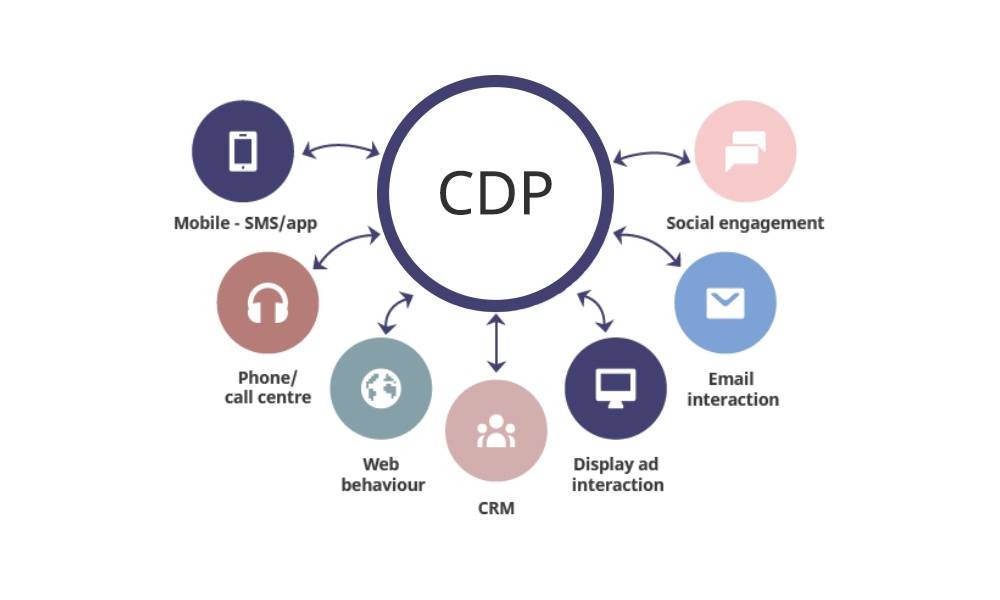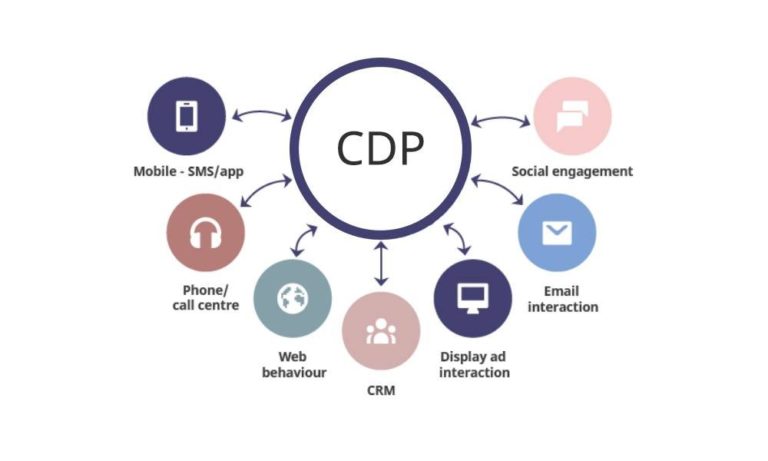In today’s digital age, customer-centric strategies are paramount for business success. One key tool that has emerged as a game-changer is the Customer Data Platform (CDP). Let’s delve into what a CDP is, why organizations need it, how to implement it, the prerequisites, costs, timeline, systems, tools, ROI, and outcomes. We’ll also explore how CDPs enhance analytics and the implications for GDPR.
What is a CDP?
A Customer Data Platform (CDP) is a software solution that collects, unifies, and manages customer data from various sources to create a single, comprehensive view of each customer. Unlike traditional data management systems, CDPs are designed to provide real-time, actionable insights that enhance marketing, sales, and customer service efforts.
Why Organizations Need CDP
- Unified Customer View: CDPs consolidate data from multiple channels (e.g., web, mobile, email, social media) to create a 360-degree view of customers, enabling personalized interactions.
- Improved Marketing Efficiency: With a CDP, organizations can segment their audience more effectively and deliver targeted campaigns, improving ROI.
- Enhanced Customer Experience: By understanding customer behavior and preferences, businesses can tailor experiences that increase satisfaction and loyalty.
- Data-Driven Decision Making: CDPs provide insights that help businesses make informed decisions, optimizing strategies and resources.
How to Implement CDP
- Define Objectives: Clearly outline what you aim to achieve with a CDP, such as improving customer segmentation, enhancing personalization, or boosting retention rates.
- Select a CDP Vendor: Choose a CDP solution that aligns with your business needs and technical infrastructure.
- Integrate Data Sources: Connect all relevant data sources to the CDP to ensure comprehensive data collection.
- Data Cleaning and Unification: Ensure data quality by cleaning and standardizing the information collected from different sources.
- Set Up Analytics and Reporting: Configure the CDP to provide the necessary analytics and reports that align with your objectives.
- Train Your Team: Ensure your team is trained to use the CDP effectively and understands how to leverage its features.
Pre-requisites of CDP
- Data Strategy: A well-defined data strategy outlining how data will be collected, managed, and used.
- Technical Infrastructure: Robust IT infrastructure to support the integration and processing of data.
- Data Privacy Compliance: Adherence to data privacy regulations like GDPR.
- Stakeholder Buy-In: Support from key stakeholders to ensure successful implementation and utilization.
Cost and Timeline of CDP
The cost of implementing a CDP can vary widely based on the vendor, the scale of implementation, and specific business requirements. Generally, costs include:
- Software Licensing: Ranges from $20,000 to $200,000 per year depending on the vendor and features.
- Implementation Services: One-time costs for integration and setup can range from $10,000 to $100,000.
- Ongoing Maintenance: Annual maintenance and support costs.
The timeline for implementation typically ranges from 3 to 6 months, depending on the complexity and scale of the project.
CDP Systems and Tools
Some popular CDP systems and tools include:
- Segment: Known for its ease of use and robust integrations.
- Tealium AudienceStream: Offers strong data integration capabilities.
- mParticle: Excellent for mobile and web data unification.
- Treasure Data: Comprehensive platform with strong analytics capabilities.
- Salesforce CDP: Integrates seamlessly with other Salesforce products.
ROI of CDP
The ROI of a CDP can be substantial, driven by:
- Increased Marketing Efficiency: Better targeting and personalization lead to higher conversion rates.
- Enhanced Customer Retention: Improved customer experiences foster loyalty and reduce churn.
- Operational Efficiency: Streamlined data management reduces operational costs and improves productivity.
Outcome of CDP
A successfully implemented CDP delivers:
- Personalized Customer Experiences: Tailored interactions based on comprehensive customer insights.
- Improved Customer Engagement: More relevant and timely communications.
- Better Decision Making: Data-driven insights lead to more strategic decisions.
Enhancing Analytics with CDP
CDPs go beyond traditional analytics by not only tracking online behavior but also integrating feedback from surveys and targeted questions. This combination allows businesses to understand not just what customers do, but why they do it. A CDP takes things further by:
- Data Unification: Collecting data from disparate sources and creating a single customer view.
- Real-Time Analytics: Providing insights and enabling real-time actions based on customer behavior.
- Advanced Segmentation: Allowing for sophisticated audience segmentation based on unified data.
GDPR Considerations
Transparency and consent are crucial. Ensure your CDP adheres to GDPR regulations by obtaining explicit customer consent for data collection and usage, and providing clear opt-out mechanisms.
Key considerations include:
- Data Consent: Ensuring that customer data is collected with proper consent.
- Data Access and Portability: Providing customers with access to their data and the ability to transfer it.
- Data Anonymization: Protecting personal data by anonymizing it where possible.
- Security Measures: Implementing robust security measures to protect customer data.
CDPs and Analytics:
While website analytics tools track online behavior, CDPs go beyond basic data collection. They connect these online actions with offline data (purchase history, loyalty programs) to build a comprehensive customer profile. This allows for a deeper understanding of customer motivations and behavior.
Conclusion
A Customer Data Platform is a powerful tool for any organization looking to enhance its customer engagement and marketing efforts. By understanding what a CDP is, why it’s needed, and how to implement it effectively, businesses can unlock significant value and drive meaningful outcomes. With careful planning and consideration of GDPR implications, a CDP can transform how businesses interact with and understand their customers.





